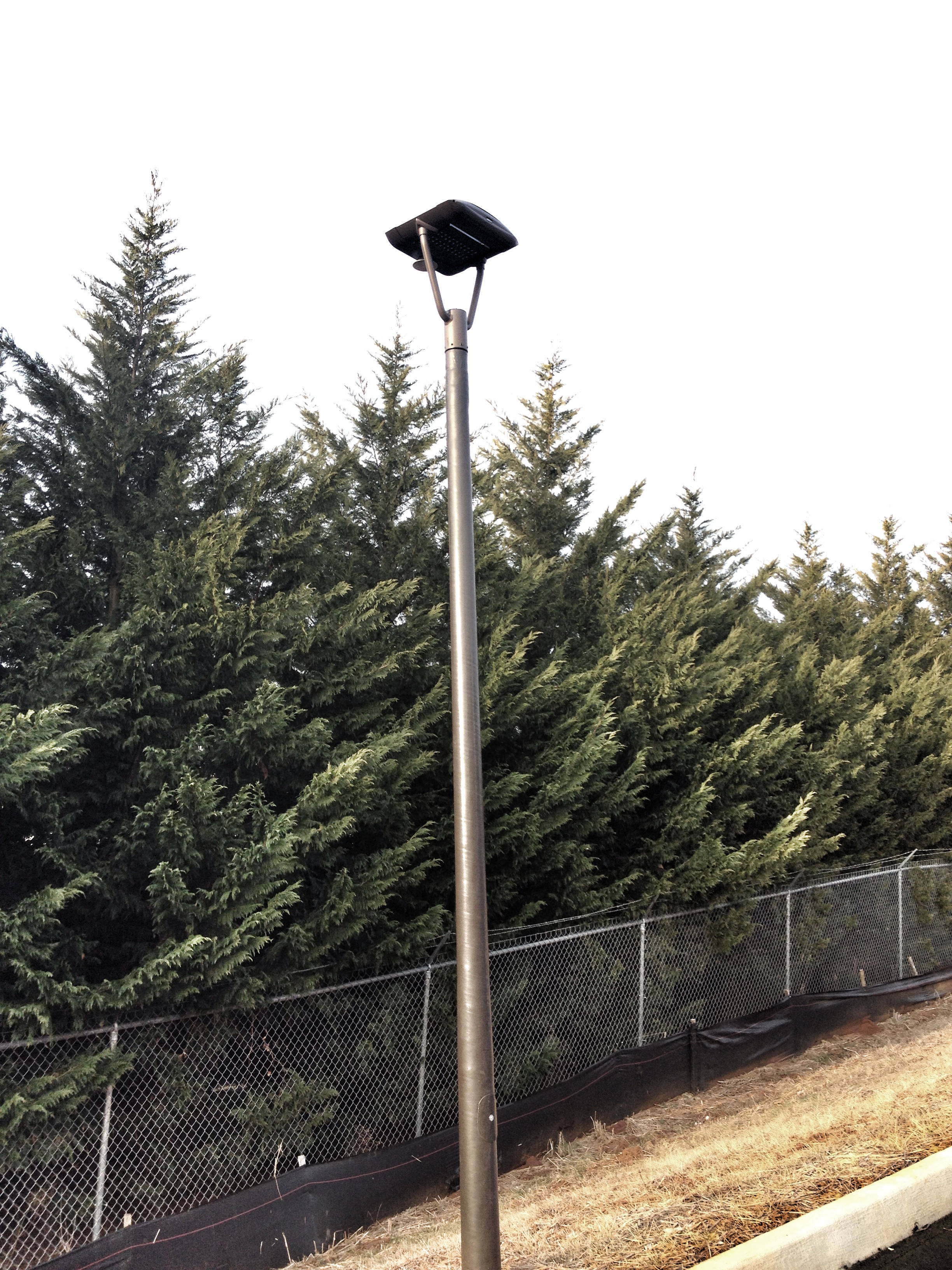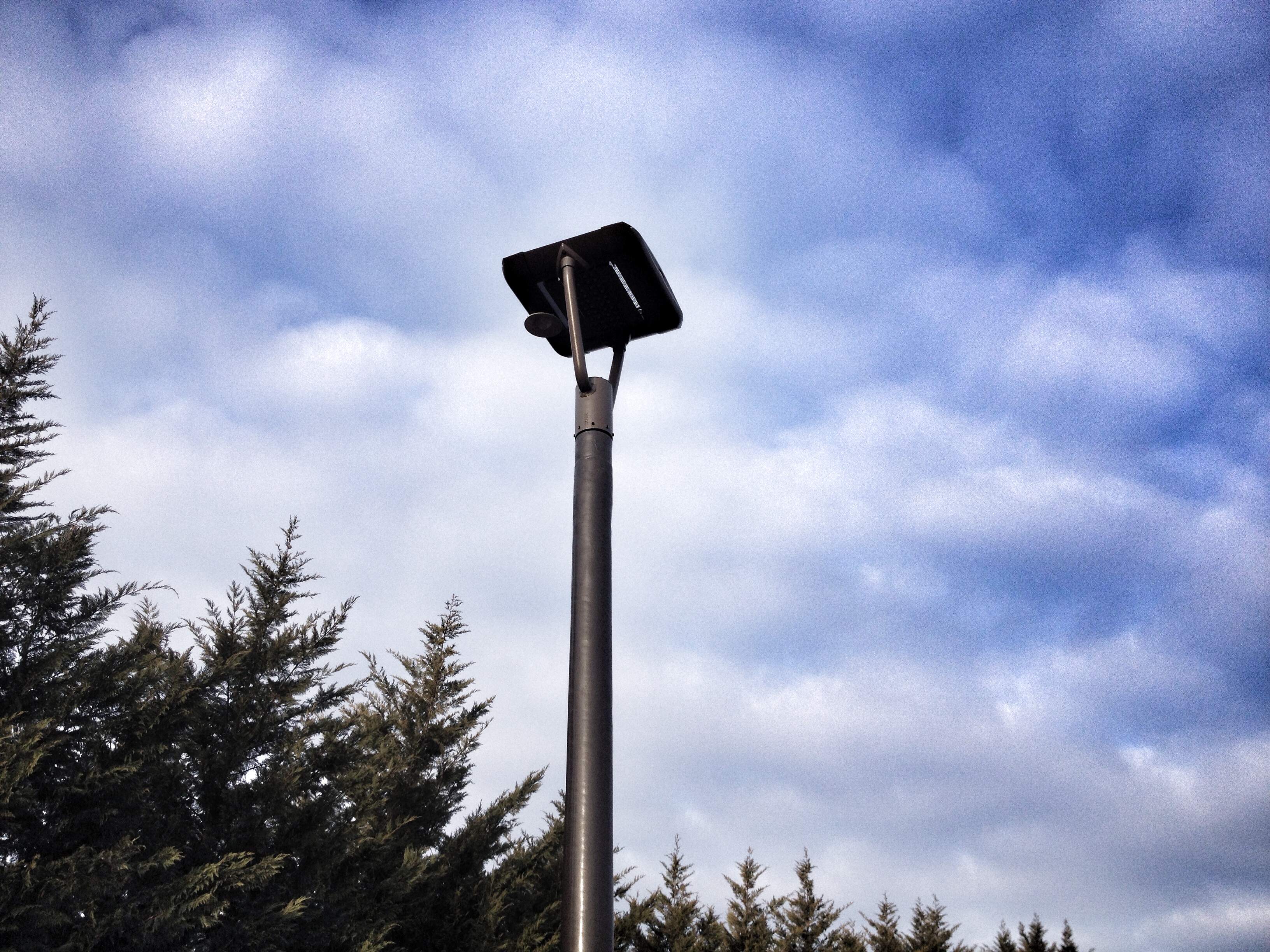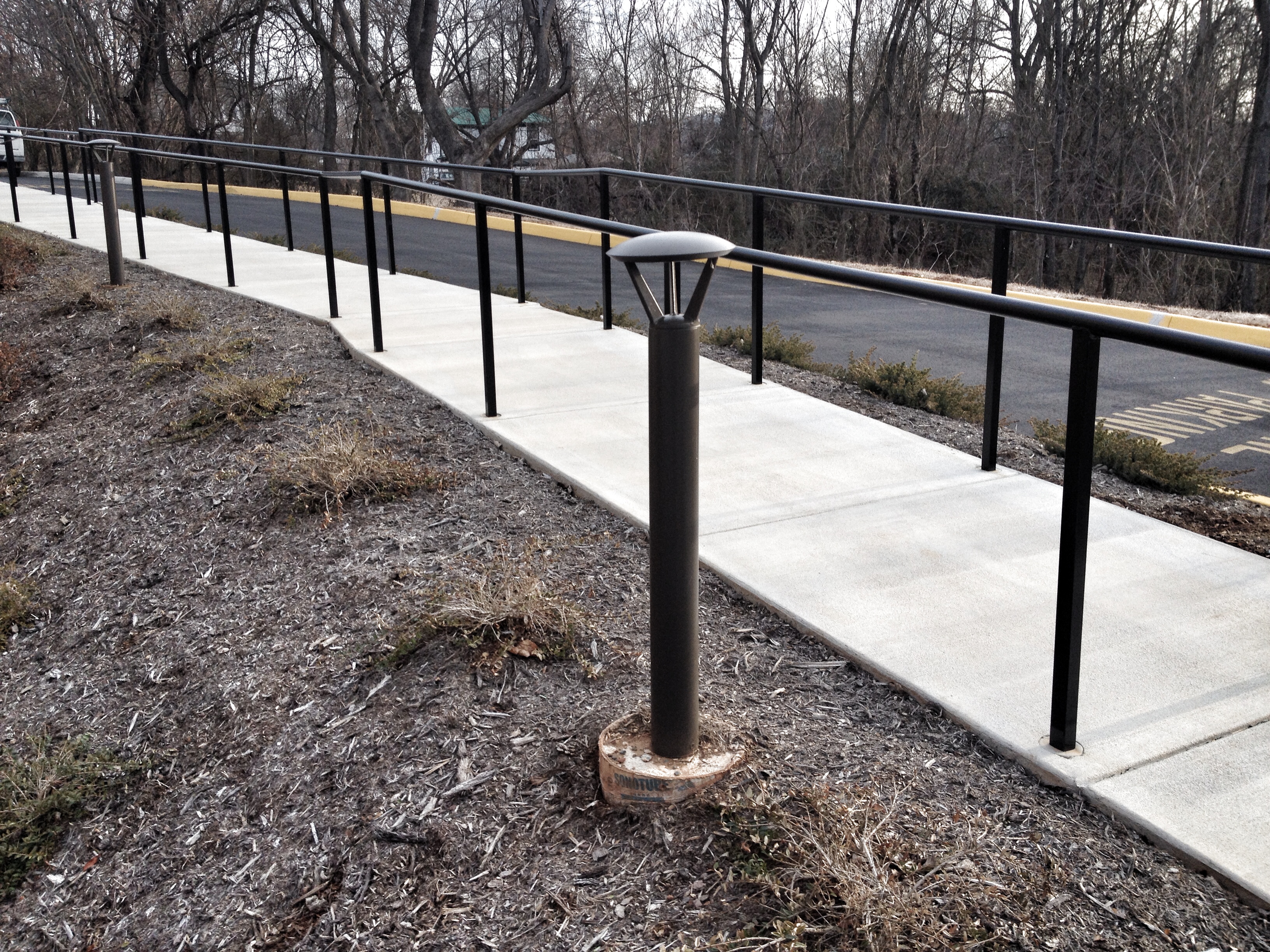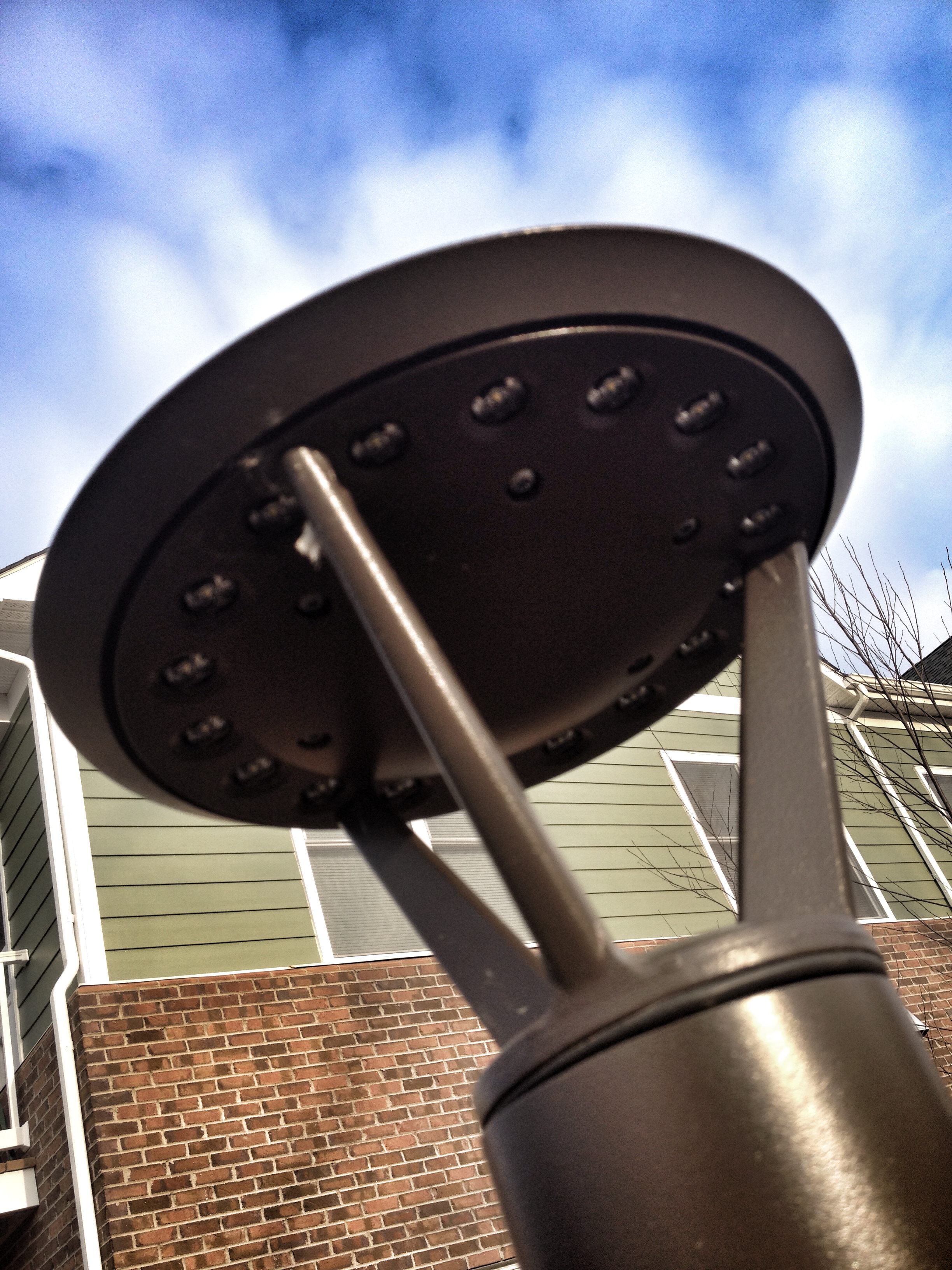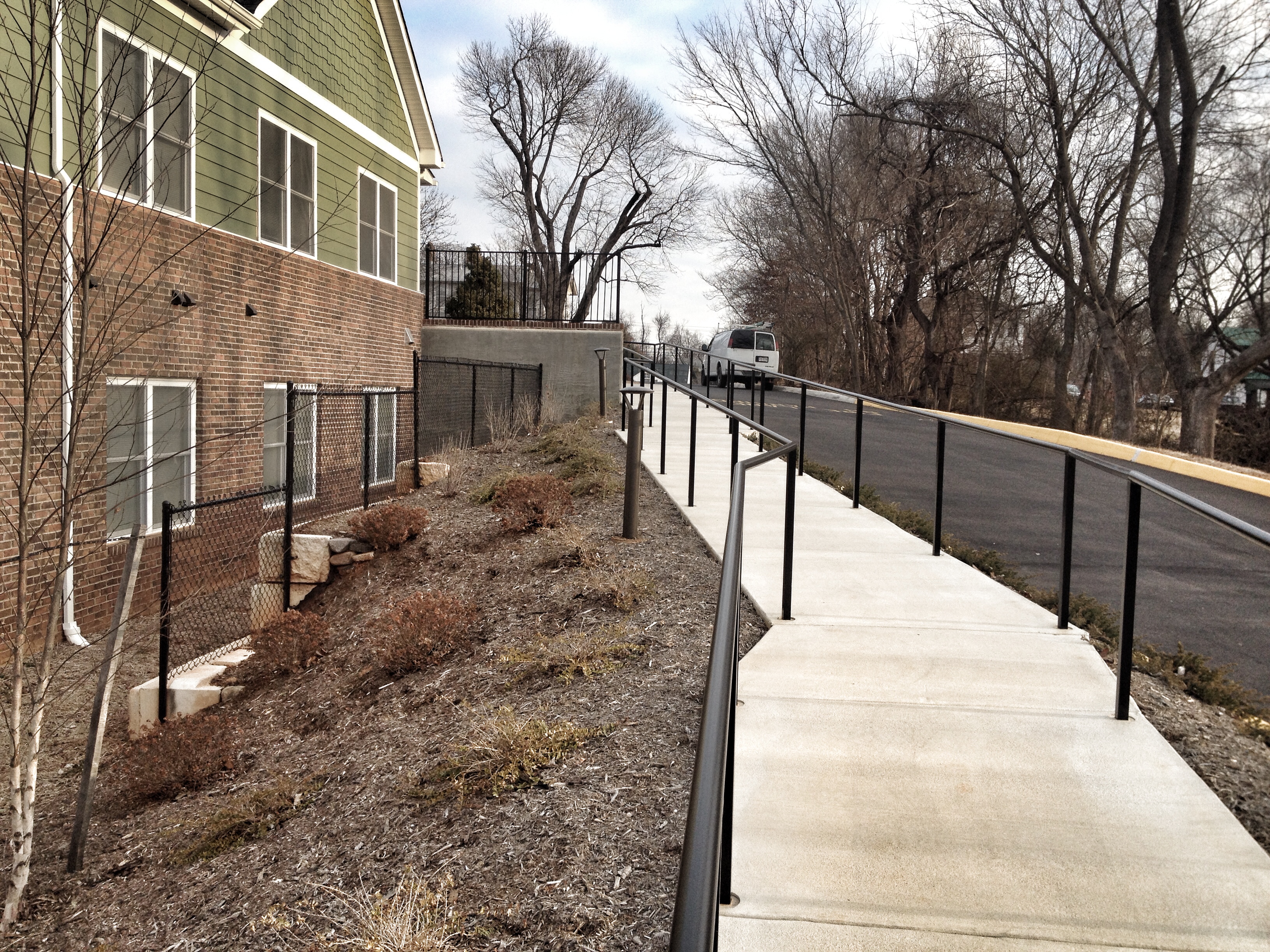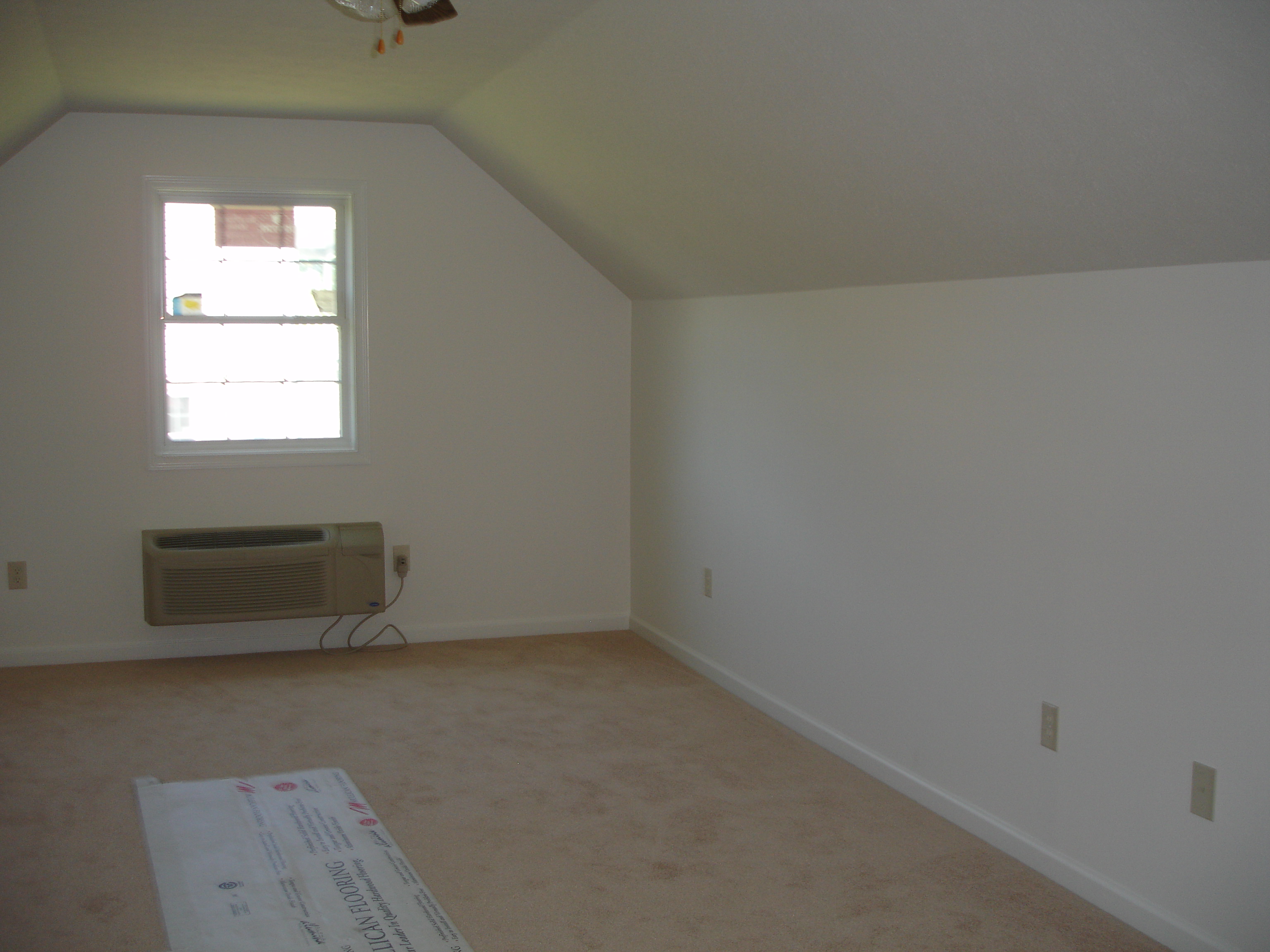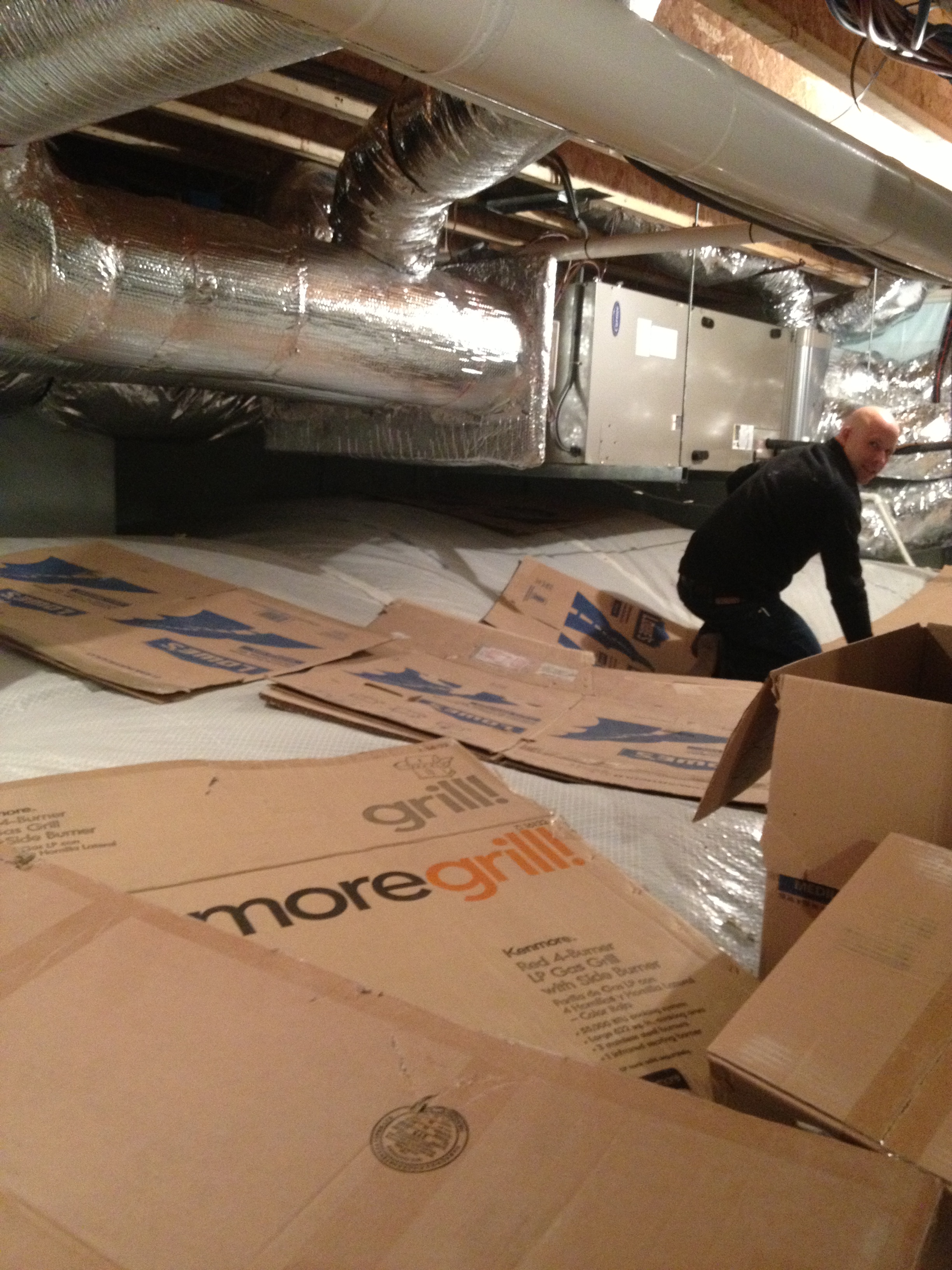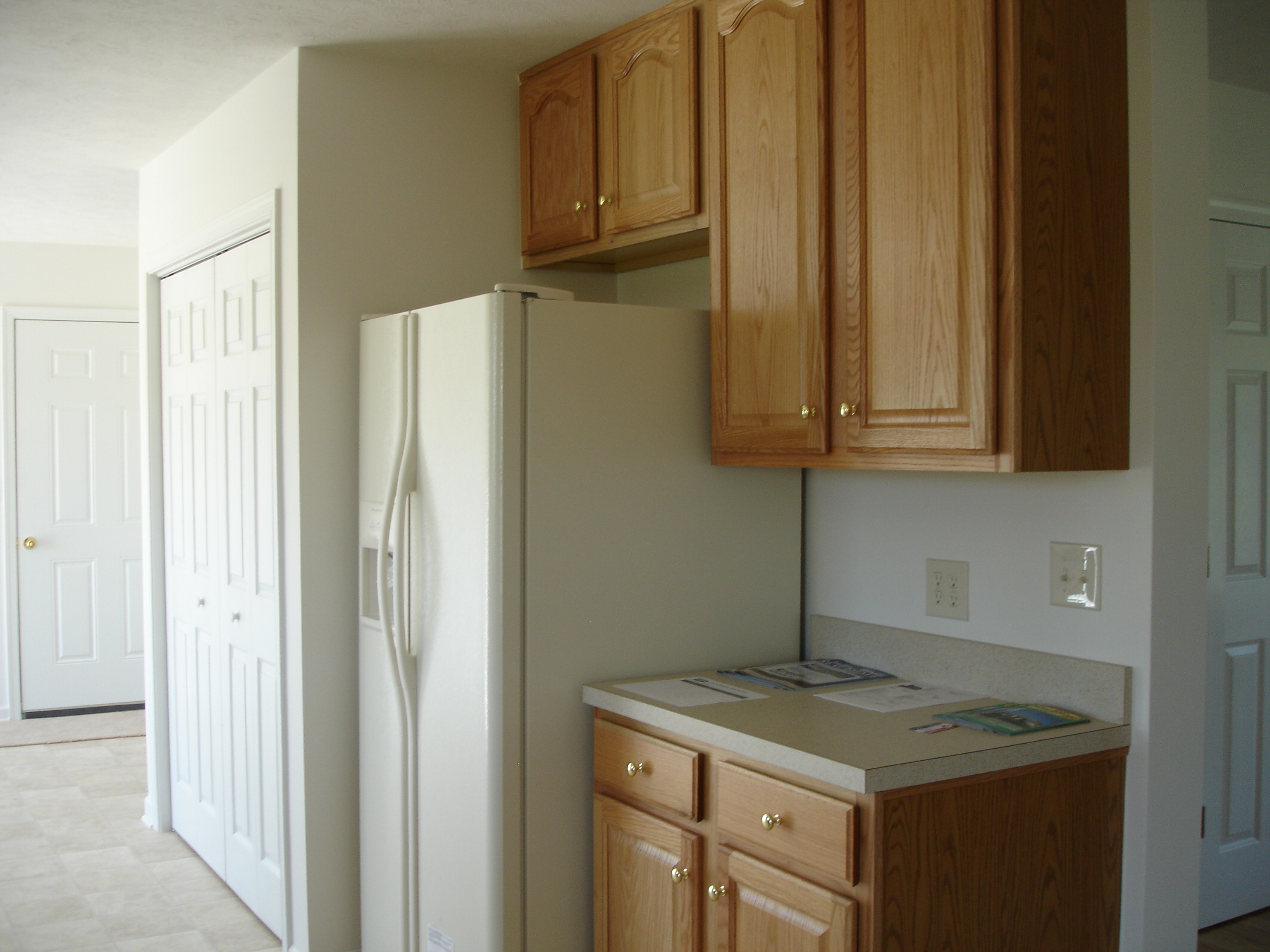by harrisonburgarchitect | Jan 29, 2014 | architecture, Harrisonburg Architect
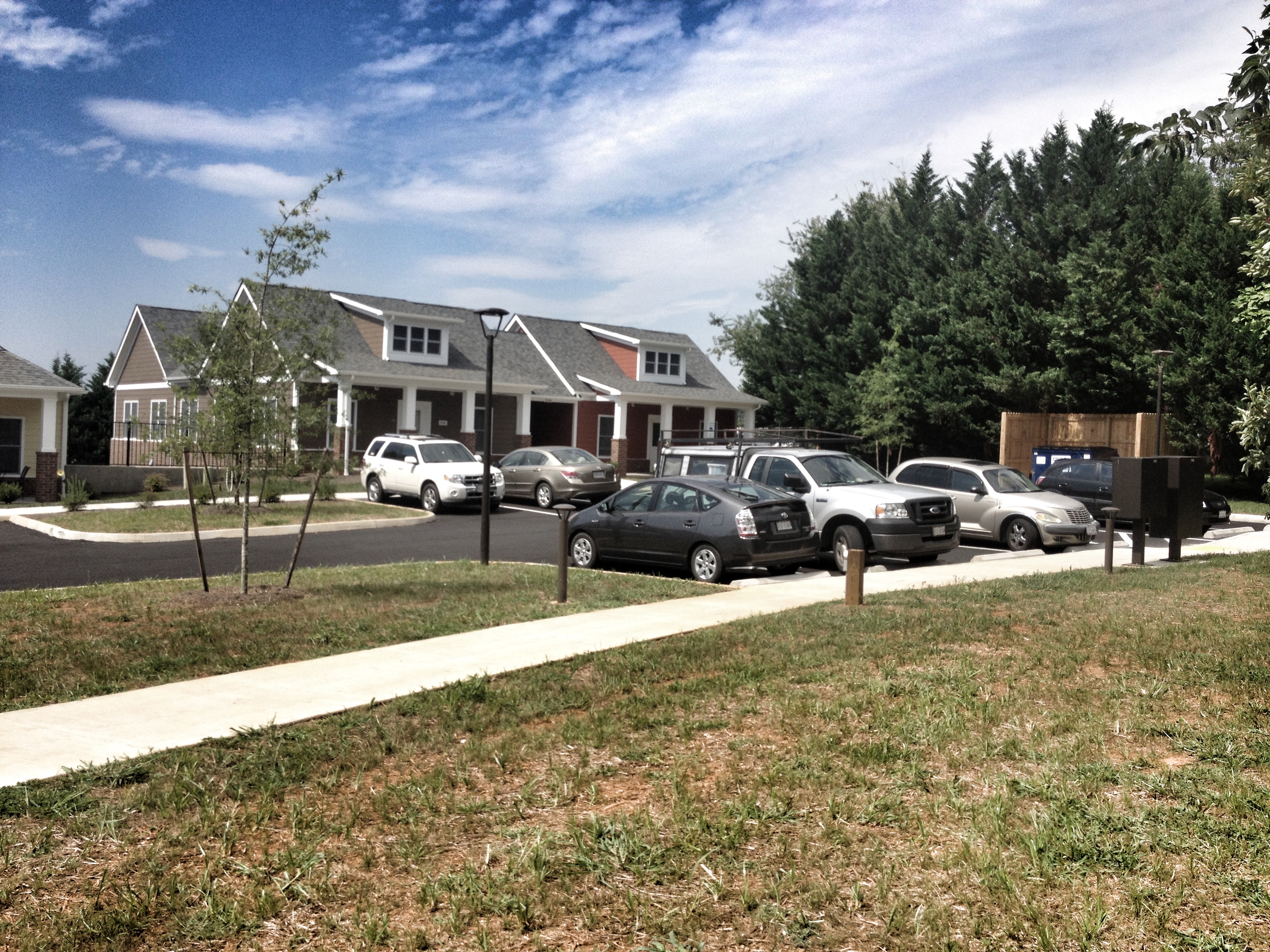 Light pollution is excessive, misdirected, or glaring artificial light. There are many consequences from light pollution including:
Light pollution is excessive, misdirected, or glaring artificial light. There are many consequences from light pollution including:
- wasted energy
- habitat and migration disruption
- human health impacts
- not being able to see stars in the sky

Light pollution can be avoided with proper design. It should be carefully planned on the outside of buildings as well as inside. Safety around buildings can be improved, environmental issues can be mitigated, and the architecture can be enhanced.
Here are the full cut off lights used on this project that had very particular lighting needs. The solution provided very appropriately placed lights for a senior community while not casting a glow within an existing neighborhood.





by harrisonburgarchitect | Jan 28, 2014 | architecture, Building Science, Harrisonburg Architect, Indoor Air Quality
Many new homes are taking advantage of that space above the attached garage for an additional bedroom / bonus room space. It was made possible by the invention of the attic frame truss that is able to span a two car garage and provide a 12′ wide usable room above. However, most bonus rooms have a problem – they are uncomfortable. You can see in this image that a builder has addressed the problem by adding an ugly through wall heating / air conditioner. This will make the room comfortable, but adds to your electric bills, does not address indoor air quality issues, and is usually noisy – not to mention ugly.

This bonus room space is a nice add to the usable space in a home, but has indoor air quality and comfort issues. This is due to the difficulty in getting them air tight as well as difficulty getting supply and return air into the space. A bonus room above the garage needs extra attention from the insulator. In order to get it air tight and efficient, they need to use a LOT of caulk or an open cell spray foam solution. This will also protect against the air infiltration from the garage below. Good planning may also allow for HVAC ducts, supply and return to reach the room through the knee walls. This all needs to be carefully planned and thought through in advance of construction to get it right.
While I prefer this space to only be used for storage in a detached garage, sometimes the lot demands it be attached. If you do take that route, be sure to plan for comfort and indoor air quality solutions that will allow you to sleep knowing you have protected your family.
by harrisonburgarchitect | Jan 27, 2014 | architecture, Building Science, Harrisonburg Architect, Indoor Air Quality
Back to the building science questions. What can you tell me about this room just by looking at the picture? Also, how do you fix it?

by harrisonburgarchitect | Jan 22, 2014 | architecture, Building Science, Harrisonburg Architect, Indoor Air Quality
Do you need a dehumidifier? We live in a mixed humid climate in Virginia and so often, you hear from the heating and cooling contractors in the area that there is a need to add humidification. If the house is tight – energy efficient, healthy, and durable, you should not have dry air and certainly should not need more humidity. In fact, living in the home produces humidity and an energy-efficient home traps that humidity inside the home. If there is a problem, it will be high humidity. In fact, if you have dry air, your home is not energy-efficient.

A dehumidifier is a piece of equipment that reduces the level of humidity in the air. Humid air can contribute to mold and mildew issues in your home. It can also lead to condensation on pipes. As a rule of thumb, relative humidity in homes is preferably 30 to 50 percent and can be measured using a humidistat. Installing a dehumidifier as part of your heating and cooling system can improve durability of your home and indoor air quality.
So there is a strong chance that you will need a dehumidifier in your home rather than adding humidity.
The heating and cooling system can be installed independent of a dehumidifier system, but works best when they are combined.
by harrisonburgarchitect | Jan 20, 2014 | architecture, Harrisonburg Architect
We have been focused on building science issues, but this one is simply a design flaw. What do you see? Stay tuned tomorrow and we will elaborate on why we think design matters.

by harrisonburgarchitect | Jan 18, 2014 | Harrisonburg Architect
Simple change to your home will lower your energy bills and increase your comfort.
 Light pollution is excessive, misdirected, or glaring artificial light. There are many consequences from light pollution including:
Light pollution is excessive, misdirected, or glaring artificial light. There are many consequences from light pollution including:

